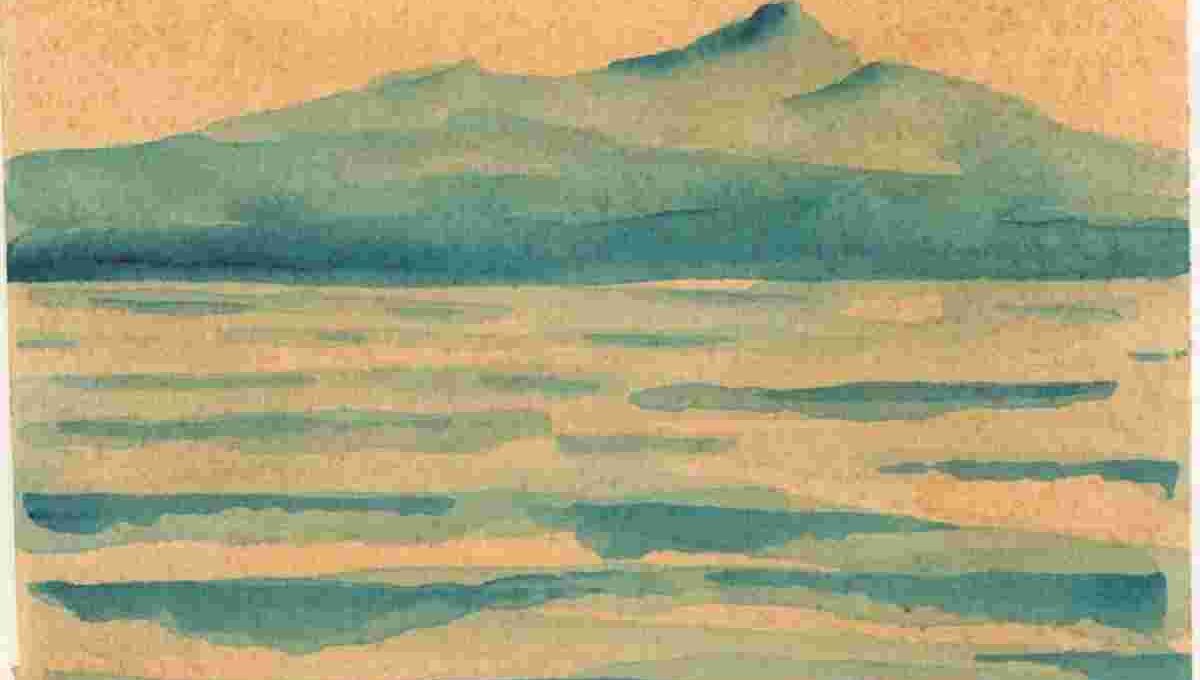If you’ve ever admired peaceful watercolor paintings and wondered how to create one yourself, you’re in the right place. Learning easy landscape watercolor painting for beginners is not as hard as it looks. With the right tools, techniques, and a little practice, anyone can paint calming natural scenes filled with soft colors and depth.
Getting Started with Watercolor Landscapes
Before you start painting, gather the basic supplies you’ll need. Watercolor art doesn’t require many tools, making it perfect for beginners. You’ll need watercolor paints, a palette, brushes, watercolor paper (preferably 300 GSM), clean water, and tissues for blotting. Use one medium round brush and one flat brush to start. Make sure your paper is taped down to avoid warping once wet. A calm setup helps you focus on blending and color transitions more smoothly.
Learning Basic Watercolor Techniques
Knowing a few fundamental watercolor techniques can make a big difference when painting landscapes. Wet-on-wet is a popular technique where you first wet the paper with clean water and then apply color, allowing it to blend softly—great for painting skies or clouds. Wet-on-dry, on the other hand, is used when you want more control over shapes like trees, hills, or rocks. The dry brush method is helpful for creating rough textures such as grass or sand. You can also layer colors (known as glazing) to create depth and shadows once the first layer dries completely. Practicing these methods before painting a full scene will boost your confidence.
Step-by-Step Landscape Painting for Beginners
Let’s create a simple landscape scene—rolling hills under a bright sky. Start by sketching lightly with a pencil to mark the horizon and basic shapes. Wet the top half of your paper and paint a gradient sky using light blue, soft pink, or yellow for a sunrise effect. While the paint is still wet, you can dab areas with tissue to form clouds. Once the sky dries, paint distant hills using pale blue or green tones, keeping the colors light and soft to create a sense of distance.
For the foreground, use darker shades of green and brown to make trees, grass, or small paths. Add texture by flicking your brush or using the tip for grass strokes. To make shadows more realistic, mix a little blue or gray with your greens. Let everything dry before erasing any pencil marks. Finally, step back and look at the overall balance—add a few finishing touches if needed, such as a small river or a shining sun.
Helpful Tips for Better Painting Results
Always start with light colors and gradually build up darker tones. It’s easier to darken than to lighten once paint is applied. Work from background to foreground so each layer adds depth without muddying the colors. Let each layer dry fully before adding another to prevent mixing. Experiment with different times of day or seasons by adjusting your color palette. For example, use warm orange tones for sunsets or cool blues and purples for dawn scenes.
Common Beginner Mistakes and How to Avoid Them
Many beginners use too much water, which can cause colors to blend excessively and lose definition. Practice balancing your paint and water ratio. Avoid overworking an area, as repeatedly brushing wet paper can damage its surface. If mistakes happen, wait for the section to dry before fixing it. Another common issue is skipping basic practice—spending a few minutes on small color or blending exercises can make your main artwork look more polished.
Inspiring Landscape Ideas for Beginners
Once you’re comfortable with basic techniques, try painting simple scenes such as a lake surrounded by trees, a sunset over mountains, a forest path, or a field of flowers. Each of these can be made using simple shapes and soft color gradients. Don’t worry about making it perfect; watercolor’s charm lies in its gentle imperfections and flowing style.
Conclusion
Creating an easy landscape watercolor painting for beginners is about exploring color, light, and emotion. Start simple, practice consistently, and you’ll soon see your skills grow. Every brushstroke teaches you something new. So, grab your brushes, mix your favorite shades, and let your creativity flow across the paper. The more you paint, the more beautiful your landscapes will become, one layer at a time with easy landscape watercolor painting for beginners.

